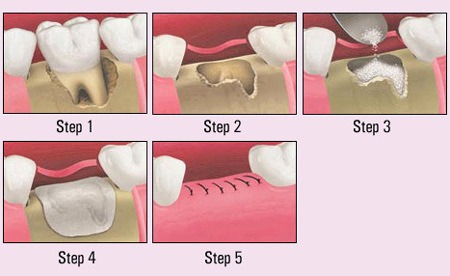Here to Help
About Dental Extractions
You may need your teeth extracted if we cannot restore them. This may be due to large or deep decay, periodontal bone loss, or trauma.
In each situation, we can help make the process comfortable, and pain-free. We use the latest technology with a laser to aid in the extraction process. Benefits to the patient include less post-operative discomfort, quicker clotting, and less harm to the tissue and surrounding bone.
Extracting Wisdom Teeth
Wisdom teeth are usually forming and present in people ages 15 to 20 years old, but they can continue to erupt until age 25. Some people will have all four wisdom teeth form while others may only have a couple or even none at all.
Regardless, if just one or all four teeth form, they need to be extracted if there is not enough space in your mouth for the wisdom teeth to completely erupt. The ideal time for removal of third molars is between ages 17 and 20.
You should receive an extraction when the roots of the teeth are at least 1/3 formed and ideally before they are 2/3 formed for best results. Teeth that are removed early reduce the post-operative discomfort, and allow for the best healing.
If that window of opportunity has passed benefit can still be realized by having the wisdom teeth removed.
Reasons to Remove Your Wisdom Teeth
1. To prevent possible decay on adjacent teeth
2. To prevent periodontal disease
3. To prevent possible infection of the gum tissue covering the wisdom teeth
4. To prevent root resorption by removing the pressure on adjacent teeth
5. To prevent tooth movement/crowding from the pressure exerted from the impacted teeth on the existing teeth
Preserving a Ridge After an Extraction
After we extract a tooth due to trauma, bone loss, or extensive decay, we need to restore the bone to its natural form following the loss.
We can use a bone graft can to minimize bone loss and maintain the bone support for adjacent teeth as well as future implant sites. The grating material allograft is donated from a tissue donor that has undergone rigorous testing to ensure quality and safety first and foremost.
Sterile techniques are used to help prevent contamination when the procedure is performed and clinical studies show the graft method has an excellent safety record.
